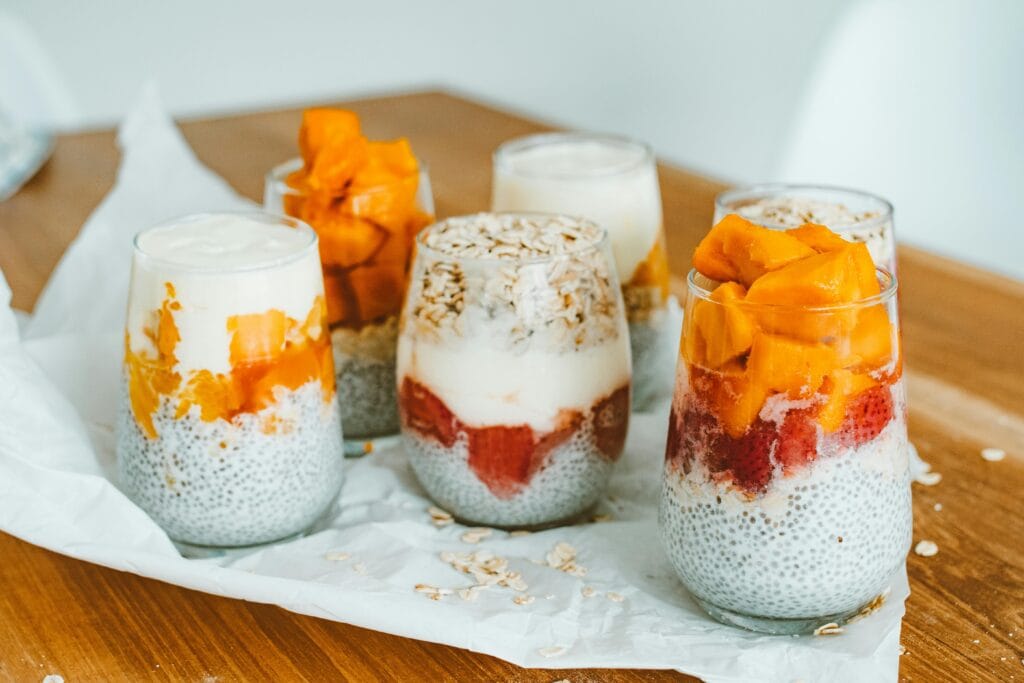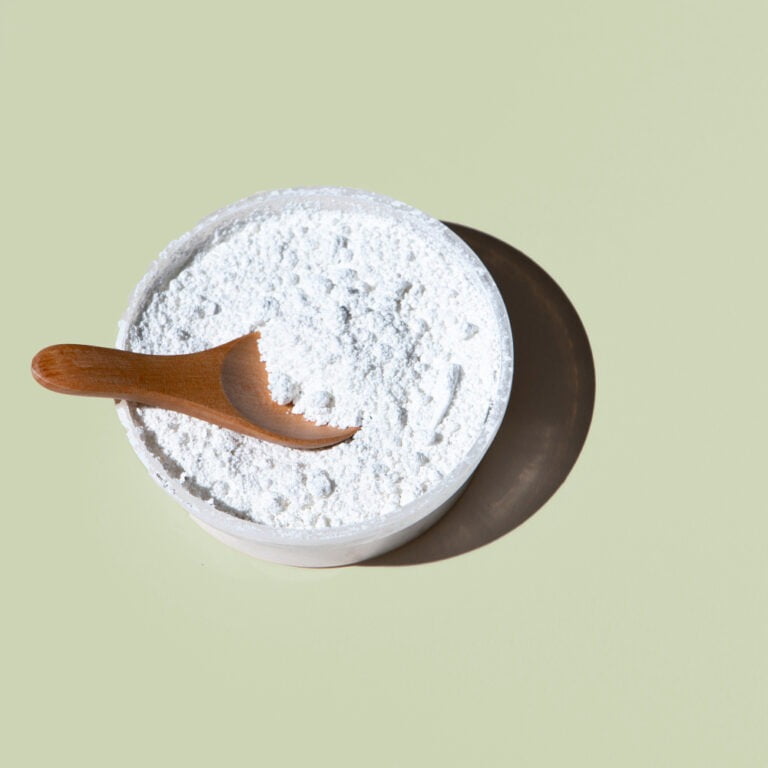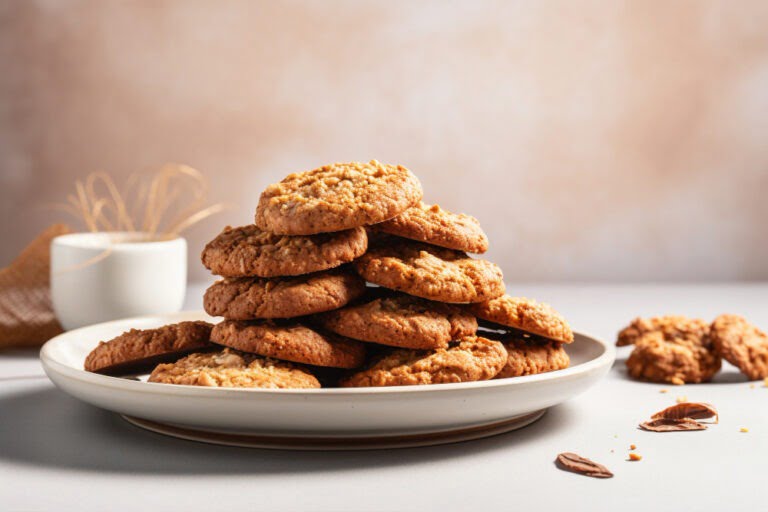FREE SHIPPING OVER $50
Struggling With Blood Sugar? These 5 Whole Grains Help Reverse Insulin Resistance Naturally

If you are constantly struggling with blood sugar, experiencing afternoon energy crashes, or finding it nearly impossible to lose weight despite eating “healthy,” you may be dealing with insulin resistance. This common metabolic condition occurs when your cells stop responding efficiently to insulin, forcing your pancreas to overwork and leading to elevated blood sugar levels. Many people mistakenly believe that all carbohydrates are the enemy, leading them to cut entire food groups, which often backfires.
The truth is, not all carbs are created equal. The right kind of carbohydrate—specifically, certain whole grains—can actually be one of your most powerful allies in the fight to reverse insulin resistance naturally. These whole grains are packed with unique forms of fiber and micronutrients that slow glucose absorption, reduce inflammation, and improve your cells’ sensitivity to insulin. We’ve compiled the 5 whole grains that nutrition experts recommend to stabilize your blood sugar and put you back on the path to metabolic health.
The Insulin Resistance Trap: Understanding the Core Problem
Insulin resistance is a pre-diabetic state where the body’s cells become “deaf” to the hormone insulin. Insulin’s job is to unlock cells to let glucose (sugar) in for energy. When the cells resist, glucose stays trapped in the bloodstream, leading to chronic high blood sugar.
The most common advice is to simply cut all carbs, but this often ignores the crucial role of fiber. Whole grains are essential because they provide both soluble and insoluble fiber, which act as a physical barrier in the digestive system. This barrier ensures that glucose is released slowly and steadily, preventing the massive spikes that further stress the insulin system. By choosing these specific 5 whole grains, you shift from merely managing blood sugar to actively working to reverse insulin resistance naturally.
1. Oats (The Soluble Fiber Superstar)
Oats, particularly the steel-cut or rolled varieties (avoid instant packets), are metabolic champions thanks to their high concentration of beta-glucan, a type of soluble fiber.
The Mechanism of Action
Beta-glucan dissolves into a thick, gel-like substance in your gut. This gel coats the intestinal wall, physically slowing the absorption of glucose into your bloodstream. This slow, steady release prevents sharp blood sugar spikes. Furthermore, studies consistently show that consuming oats regularly improves insulin sensitivity and can lower levels of LDL cholesterol, making them a powerful tool for overall health and nutrition.
- How to Use: Start your day with a serving of steel-cut or rolled oats. Always pair them with protein (like nuts or protein powder) and healthy fats (like chia seeds or walnuts) to maximize the stabilizing effect.
2. Barley (The Gut Health Catalyst)
Often overlooked, barley is an exceptionally nutrient-dense whole grain. Like oats, it is rich in beta-glucan, but it brings another unique benefit: its ability to promote a healthy gut microbiome.
The Mechanism of Action
The undigested fiber in barley travels to the colon, where it feeds beneficial gut bacteria. These bacteria ferment the fiber, producing short-chain fatty acids (SCFAs) like butyrate. SCFAs are powerful compounds that reduce systemic inflammation and improve insulin signaling throughout the body. By healing the gut, barley helps reverse insulin resistance naturally at a foundational level.
- How to Use: Swap out white rice for pearled or hulled barley in soups, stews, or as a hearty side dish.
3. Quinoa (The Protein-Packed Pseudo-Grain)
Though technically a seed, quinoa functions as a whole grain and boasts an impressive nutritional profile. It stands out because it is one of the few plant foods that provides a complete protein—meaning it contains all nine essential amino acids.
The Mechanism of Action
The high protein content in quinoa acts as a powerful counterbalance to its carbohydrate content. Protein takes longer to digest than carbs, automatically slowing the rate at which glucose enters the bloodstream. This stabilizing effect minimizes the insulin surge, making quinoa an ideal starch substitute for anyone struggling with blood sugar.
- How to Use: Use quinoa as the base for salads, or enjoy it as a nutritious, complete-meal replacement for rice or pasta.
4. Buckwheat (The High-Resistance Starch)
Another pseudo-grain, buckwheat (sometimes called kasha) is gaining traction in nutrition circles for its high concentration of resistant starch.
The Mechanism of Action
Resistant starch is a type of starch that resists digestion in the small intestine, acting much like soluble fiber. It travels to the large intestine, where it also feeds the gut microbiome, producing SCFAs that enhance metabolic health. This resistance to digestion ensures a much lower and steadier glycemic response compared to many other carbohydrates, which is precisely what is needed to reverse insulin resistance naturally. Furthermore, buckwheat contains rutin, a potent antioxidant that supports healthy circulation.
- How to Use: Enjoy buckwheat groats as a porridge, or use buckwheat flour (a great source of fiber) for baking pancakes or muffins.
5. Whole Rye (The Satiety Secret)
Whole rye is one of the most fiber-dense whole grains available. Its grain structure is unique, featuring layers of fiber that are particularly effective at slowing the passage of food through the digestive tract.
The Mechanism of Action
The dense structure and high viscosity of rye fiber ensure prolonged gastric emptying. Essentially, it keeps food in your stomach longer, leading to sustained feelings of satiety and making you less likely to snack between meals. This is crucial for controlling overall calorie intake and preventing the chronic overeating that drives insulin resistance. Consistent studies show that whole rye products consistently result in lower post-meal blood sugar and insulin responses than even whole wheat.
- How to Use: Switch to sourdough whole rye bread, or seek out whole rye berries to add to grain bowls.
Maximizing Insulin Sensitivity
Incorporating these 5 whole grains is a massive leap forward, but to truly reverse insulin resistance naturally, you need to pair nutrition with smart lifestyle habits.
1. The Fiber-Fat-Protein Rule
Never consume these whole grains alone. Always ensure your meal is built around the triad: whole grain, lean protein, and healthy fat. For example, pair quinoa (grain) with grilled chicken (protein) and avocado (fat). This triple threat guarantees the slowest possible glucose release, providing stable energy for hours.
2. Move After You Eat
Physical activity, especially walking, immediately after a meal, is a powerful hack. A short 10-to-15-minute walk drastically improves blood sugar management because contracting muscles immediately utilize the glucose available in the bloodstream, effectively lowering your post-meal peak without relying solely on insulin.
3. Embrace Vinegar
Adding a small amount of vinegar (like apple cider vinegar) to your meals or drinking it diluted before eating can improve insulin sensitivity and reduce the post-meal blood sugar spike. The acetic acid in vinegar helps slow the digestion of starches.
By strategically including these 5 whole grains—oats, barley, quinoa, buckwheat, and whole rye—and practicing these simple lifestyle tweaks, you actively empower your body to reverse insulin resistance naturally.
Conclusion
If you are struggling with blood sugar, the answer is not to fear all carbs, but to choose them wisely. These 5 whole grains are backed by nutrition science for their unique abilities to stabilize glucose, boost gut health, and improve cellular insulin response.
By making the simple swap from refined grains to these whole grains and pairing them with protein and healthy fats, you move beyond symptom management. You embrace a proactive nutrition strategy that helps reverse insulin resistance naturally, giving you sustained energy, fewer cravings, and a powerful foundation for long-term metabolic health.
Related Articles
- Over 50? These 10 ‘Healthy’ Breakfast Foods Are Quietly Spiking Your Blood Sugar
- Tired Eyes? These 14 Foods Fight Eye Strain and Protect Your Vision—Backed by a Dietitian
- Feeling Low? These 15 Foods Act Like Natural Antidepressants, Say Psychologists
- Testosterone Tanking After 30? These 10 Foods Could Be Your Hormonal Lifeline
- This Everyday Root Could Lower Your Blood Pressure Naturally—Doctors Are Talking About It



